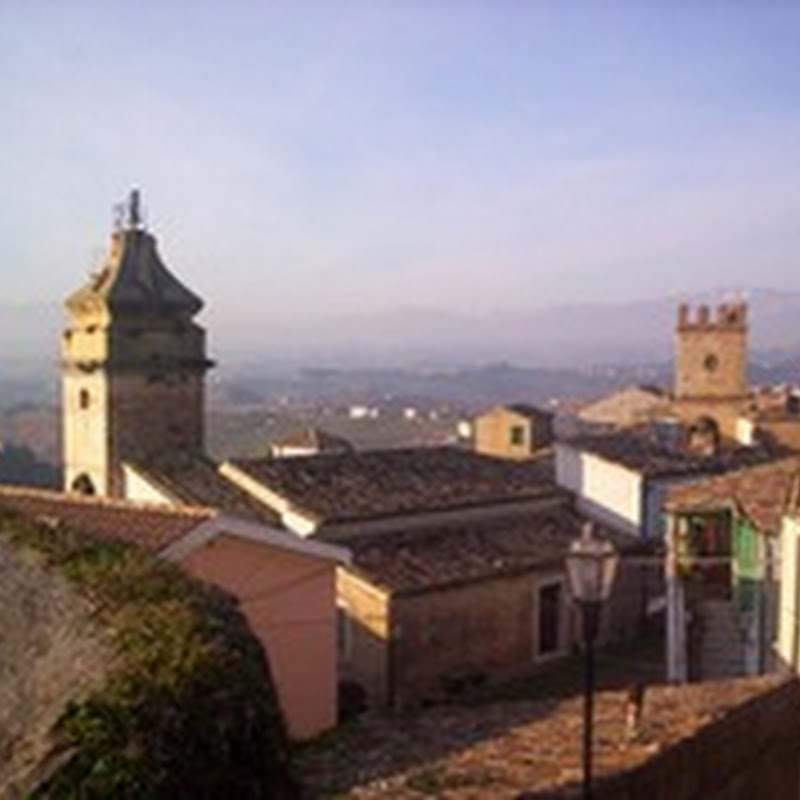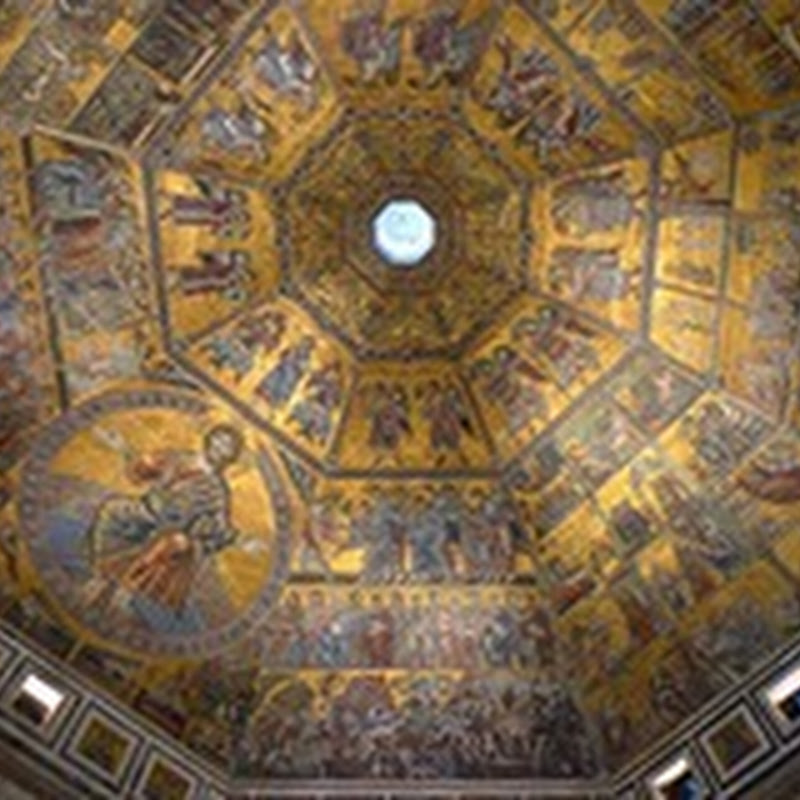Italy is home to three active volcanoes, all located in the south of the country.
Mount Vesuvius, in Naples, is the only active volcano on mainland Europe.
It is famous for the destruction of the Roman towns of Pompei and Herculaneum in 79 BC, an event described in great detail by Pliny the Younger.
Dormant volcanoes.
At least nine other volcanic centres have seen eruptions in historic times, including some submarine volcanoes (seamounts). In order of the most recent eruptions, they are:
Pantelleria, off the coast of Tunisia, probably last erupted around 1000 BC. There was a submarine eruption a few kilometres north-east of the island in 1891, which was probably related to the main volcano.
Vulcano, another of the Aeolian Islands, last erupted in 1888-1890.

The short-lived Isola Ferdinandea erupted a few kilometres north-west of Pantelleria in 1831 and rose to a maximum height of 63 metres, but was eroded back down to sea level by 1835. The summit is now a few metres below the surface. A swarm of small earthquakes centred on the seamount in 2002 was thought to indicate that magma was moving beneath the volcano, but no eruption occurred.
Vulcanello is a small volcano connected by an isthmus to the island of Vulcano, which erupted out of the sea in 183 BC and showed occasional activity thereafter until the 16th century.
Campi Flegrei, a huge caldera containing the western area of Naples, erupted in 1528, generating the small tuff cone named Monte Nuovo (new mountain).
Ischia, an island 20 kilometres west of Naples, last erupted in 1302.
Larderello, in southern Tuscany, last erupted in 1282 with a small phreatic eruption
Lipari, an island a couple of kilometres from Vulcano, has a volcano which last erupted in 729.
Vulsini (Bolsena volcano, Latera volcano, Montefiascone volcano), a caldera complex at the northern end of the Roman magmatic province (at the north of Cimini volcanic complex). Last erupted in 104 BC.
Monte Albano, a quiescent volcanic complex near Rome (south). The most recent eruptions produced Lake Nemi and Lake Albano. Last erupted in 5000 BC.
Sabatini (Bracciano volcano and Sacrofano volcano), a volcanic complex and caldera near Rome (north). Last erupted in 40,000 BC.
Cimini (Cimino volcano and Vico volcano), a volcanic complex and caldera at the north of Sabatini volcanic complex. Last erupted in 90,000 BC.

The last eruption was in 1944. Vesuvius is considered to be the most dangerous volcano in the world as it could erupt at any time, threatening the lives of the three million people who live nearby.
Stromboli is one of the Aeolian Islands, situated off the north coast of Sicily, in the Tyrrhenian Sea. It is 926 metres high and has been erupting almost constantly for the last 2,000 years.

The spectacular explosions are visible many miles out to sea, leading to the Island being nicknamed 'The Lighthouse of the Mediterranean'.
Mount Etna is located on the eastern side of Sicily, between Messina and Catania. It is in an almost constant state of activity, and is one of the most active volcanoes in the world.

At over 3,000 metres high, it is the tallest, active volcano on the European continent. It covers an area of 1,190 square kilometres, making it the largest of the three active volcanoes in Italy.
What are volcanoes?
The Earth is basically composed of four layers:
The 'Crust'
The 'Mantle'
The 'Outer Core'
The 'Inner Core'

We live on the 'Outer Crust' which over the land is between 32km to 70km thick. Beneath the 'Outer Crust' is the 'Mantle' which is the deepest layer. The 'Mantle' is extremely hot, but most of the time it stays solid as the pressure inside the Earth is so great that it cannot melt.
However, when Tectonic Plates collide, as they do frequently south of Italy, in the area of the Eurasian and African Plates, one Plate is pushed under another and 'Magma' is formed, which can lead to a Volcanic Eruption.
Volcanoes are divided into three different categories according their behaviour. Firstly, volcanoes which have erupted over the last few years are defined as 'Active
Mount Vesuvius, in Naples, is the only active volcano on mainland Europe.
It is famous for the destruction of the Roman towns of Pompei and Herculaneum in 79 BC, an event described in great detail by Pliny the Younger.
Dormant volcanoes.
At least nine other volcanic centres have seen eruptions in historic times, including some submarine volcanoes (seamounts). In order of the most recent eruptions, they are:
Pantelleria, off the coast of Tunisia, probably last erupted around 1000 BC. There was a submarine eruption a few kilometres north-east of the island in 1891, which was probably related to the main volcano.
Vulcano, another of the Aeolian Islands, last erupted in 1888-1890.

The short-lived Isola Ferdinandea erupted a few kilometres north-west of Pantelleria in 1831 and rose to a maximum height of 63 metres, but was eroded back down to sea level by 1835. The summit is now a few metres below the surface. A swarm of small earthquakes centred on the seamount in 2002 was thought to indicate that magma was moving beneath the volcano, but no eruption occurred.
Vulcanello is a small volcano connected by an isthmus to the island of Vulcano, which erupted out of the sea in 183 BC and showed occasional activity thereafter until the 16th century.
Campi Flegrei, a huge caldera containing the western area of Naples, erupted in 1528, generating the small tuff cone named Monte Nuovo (new mountain).
Ischia, an island 20 kilometres west of Naples, last erupted in 1302.
Larderello, in southern Tuscany, last erupted in 1282 with a small phreatic eruption
Lipari, an island a couple of kilometres from Vulcano, has a volcano which last erupted in 729.
Vulsini (Bolsena volcano, Latera volcano, Montefiascone volcano), a caldera complex at the northern end of the Roman magmatic province (at the north of Cimini volcanic complex). Last erupted in 104 BC.
Monte Albano, a quiescent volcanic complex near Rome (south). The most recent eruptions produced Lake Nemi and Lake Albano. Last erupted in 5000 BC.
Sabatini (Bracciano volcano and Sacrofano volcano), a volcanic complex and caldera near Rome (north). Last erupted in 40,000 BC.
Cimini (Cimino volcano and Vico volcano), a volcanic complex and caldera at the north of Sabatini volcanic complex. Last erupted in 90,000 BC.
The last eruption was in 1944. Vesuvius is considered to be the most dangerous volcano in the world as it could erupt at any time, threatening the lives of the three million people who live nearby.
Stromboli is one of the Aeolian Islands, situated off the north coast of Sicily, in the Tyrrhenian Sea. It is 926 metres high and has been erupting almost constantly for the last 2,000 years.
The spectacular explosions are visible many miles out to sea, leading to the Island being nicknamed 'The Lighthouse of the Mediterranean'.
Mount Etna is located on the eastern side of Sicily, between Messina and Catania. It is in an almost constant state of activity, and is one of the most active volcanoes in the world.
At over 3,000 metres high, it is the tallest, active volcano on the European continent. It covers an area of 1,190 square kilometres, making it the largest of the three active volcanoes in Italy.
What are volcanoes?
The Earth is basically composed of four layers:
The 'Crust'
The 'Mantle'
The 'Outer Core'
The 'Inner Core'
We live on the 'Outer Crust' which over the land is between 32km to 70km thick. Beneath the 'Outer Crust' is the 'Mantle' which is the deepest layer. The 'Mantle' is extremely hot, but most of the time it stays solid as the pressure inside the Earth is so great that it cannot melt.
However, when Tectonic Plates collide, as they do frequently south of Italy, in the area of the Eurasian and African Plates, one Plate is pushed under another and 'Magma' is formed, which can lead to a Volcanic Eruption.
Volcanoes are divided into three different categories according their behaviour. Firstly, volcanoes which have erupted over the last few years are defined as 'Active
If you liked this article, subscribe to the feed by clicking the image below to keep informed about new contents of the blog:












